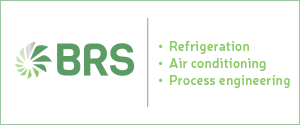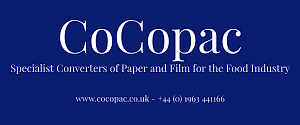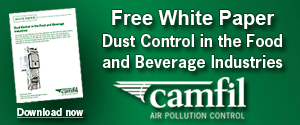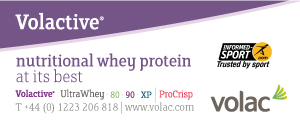RSSL Clarify Food Labelling Requirements as Countdown to Compliance Begins
 With just 9 months to go until the EU Food Information to Consumer Regulation (FIC) comes onto the UK statute books as the Food Information Regulation (FIR), the countdown to compliance has begun in earnest. Reading Scientific Services Ltd (RSSL) has received numerous enquiries from food business operators about the new regulations, focusing on the changes to food labelling requirements and how the new regulations will be policed by enforcement officers. We address some of these enquiries here.
With just 9 months to go until the EU Food Information to Consumer Regulation (FIC) comes onto the UK statute books as the Food Information Regulation (FIR), the countdown to compliance has begun in earnest. Reading Scientific Services Ltd (RSSL) has received numerous enquiries from food business operators about the new regulations, focusing on the changes to food labelling requirements and how the new regulations will be policed by enforcement officers. We address some of these enquiries here.
Concern about correctly meeting the labelling requirements that come into force on the 13th of December is understandable, and RSSL has advised early action to ensure compliance. The FIC requirements will mean significant change for manufacturers, food businesses and consumers alike: among other requirements allergens must be highlighted in the ingredients list and this information cannot be repeated in a separate allergy advice box; loose, unpackaged and takeaway food must declare the 14 EU allergens if used as deliberate ingredients; and allergy information must be available regarding served food in any venue. To assist food manufacturers with the complexities of the new regulations, RSSL will shortly be releasing a whitepaper covering in detail the implications of FIC for the industry.
The question of enforcement is of obvious interest to food business operators, who naturally wish to know how their compliance with the FIR is likely to be assessed. Enforcement lies with the UK Unitary Authorities, broadening the responsibilities of Environmental Health Officers (EHOs) and Trading Standards Officers (TSOs).
Whilst some areas such as labelling present few difficulties in enforcement, other areas are less well defined. Small businesses serving food, for example, may choose to provide mandatory allergen information verbally; whilst this information must be “accurate, consistent and verifiable,” how would this be checked? Businesses should be able to demonstrate that there is a consistent process in place to supply information to consumers and that they have recorded information about ingredient traceability available.
The obvious follow-on from enquiries about enforcement is the question of what consequences will ensue for those who are not in compliance. Initially, we believe breaches will result in Improvement Notices and First Tier Tribunals in the case of appeals, but there is the possibility of criminal sanctions for non-compliance as this may endanger consumers.
As the clock is ticking on the Countdown to Compliance, the industry needs to prepare so as to be fully ready for the new regulations in December, and enter 2015 with better, clearer and more consistent labelling across the board.

































